Everything on model trains, model railroads, model railways, locomotives, model train layouts, scenery, wiring, DCC and more. Enjoy the world's best hobby... model railroading!
Getting S Curves Right for Smooth Model Train Running
𝙎 𝙘𝙪𝙧𝙫𝙚𝙨 – 𝙡𝙤𝙫𝙚 𝙩𝙝𝙚𝙢 𝙤𝙧 𝙝𝙖𝙩𝙚 𝙩𝙝𝙚𝙢?
Let’s chat about S curves… those graceful back-and-forth bends that make a model railroad look alive and dynamic. They add flow, variety, and a natural look to your scenery. But while they’re beautiful to watch, S curves can quietly become one of the biggest trouble spots on a layout if they’re not designed with care.
Many modelers (me included) have discovered the hard way that poorly planned S curves can mean derailments, wobbly couplers, and general frustration. The secret isn’t avoiding them altogether… it’s understanding how to design them so they run smoothly and reliably.
What Is an S Curve, Exactly?
An S curve happens whenever the track curves one direction and then immediately swings the opposite way. Picture the shape of the letter “S.” You’ll find them in scenic areas, industrial sidings, and yard ladders… basically anywhere the track changes direction quickly.
The problem shows up when longer cars or locomotives enter the curve. That quick change in direction forces the couplers to twist in opposite ways, putting a lot of sideways pressure on both trucks.
Why They Can Be Tricky
A single curve is no problem; every car just follows the same arc. But when a left-hand curve rolls straight into a right-hand one, the cars at the joint are pulling against each other. The longer the cars, the more severe the stress. That’s why modern passenger cars and long freight stock are most likely to misbehave on tight S curves. Short 40-foot boxcars and switchers tend to glide through with much less drama.
Add a Straight in Between
One of the simplest fixes is to insert a short straight section between the two opposing curves. Even a single car length of straight track can “reset” the couplers, letting everything line up again before hitting the next bend. Without that straight, you create what’s known as a pinch point… and that’s where derailments and uncoupling love to happen.
Go Big When You Can
Radius size makes a huge difference. Tight curves magnify every flaw, while broad curves let trains flow naturally. In HO scale, for example, 24-inch curves handle long cars far better than 18-inch ones. If you’ve got the room, always go wider… especially where two curves meet.
Check Turnouts and Yards
S curves often sneak into yard ladders or crossover areas. Placing two turnouts back-to-back without any straight in between creates the same side-to-side tension as a regular S curve. Adding even half a car length of straight track can dramatically improve reliability.
Five Handy Tips
- Use broad curves wherever space allows
- Insert a straight between opposing bends
- Avoid S curves directly after switches
- Test with your longest cars before finalizing
- Slow down through tight trackwork
Handled thoughtfully, S curves look amazing and run smoothly. A little extra planning now means fewer derailments later… and trains that glide through those bends just the way they should.
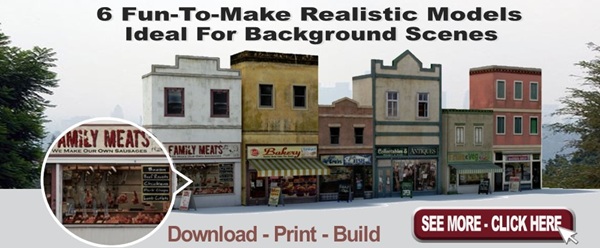







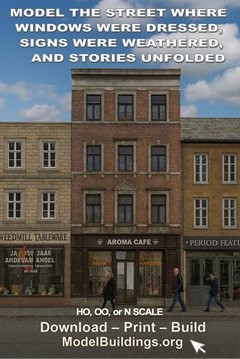

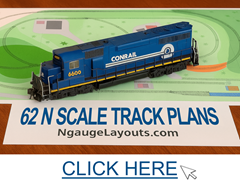


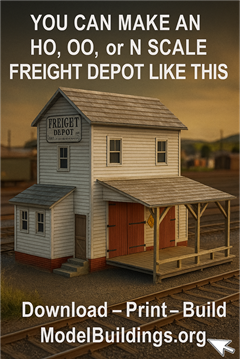
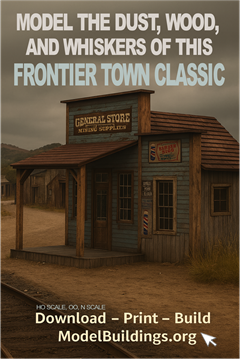

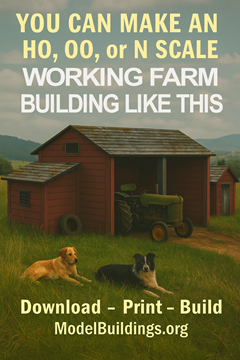
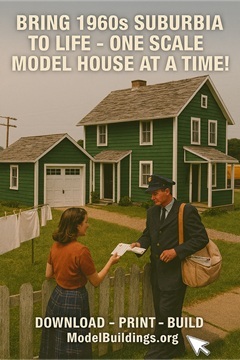
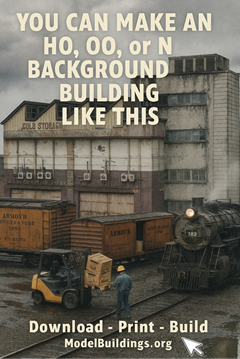
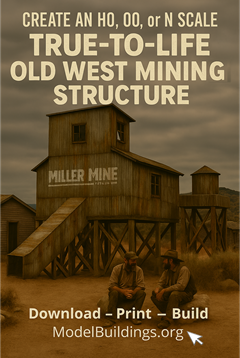
Leave a Reply